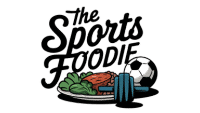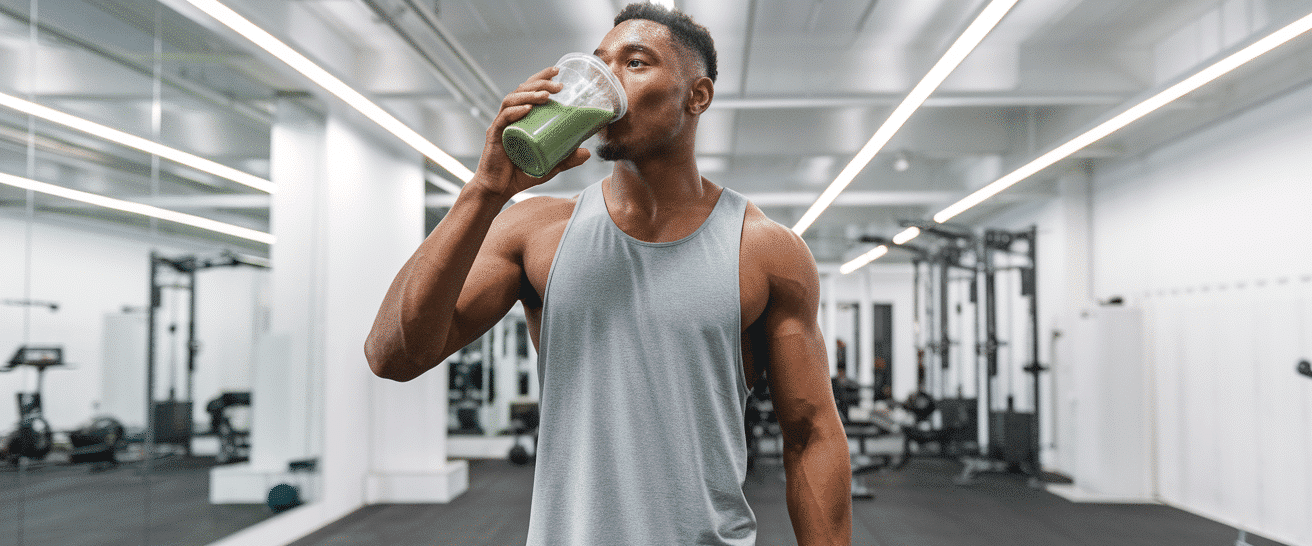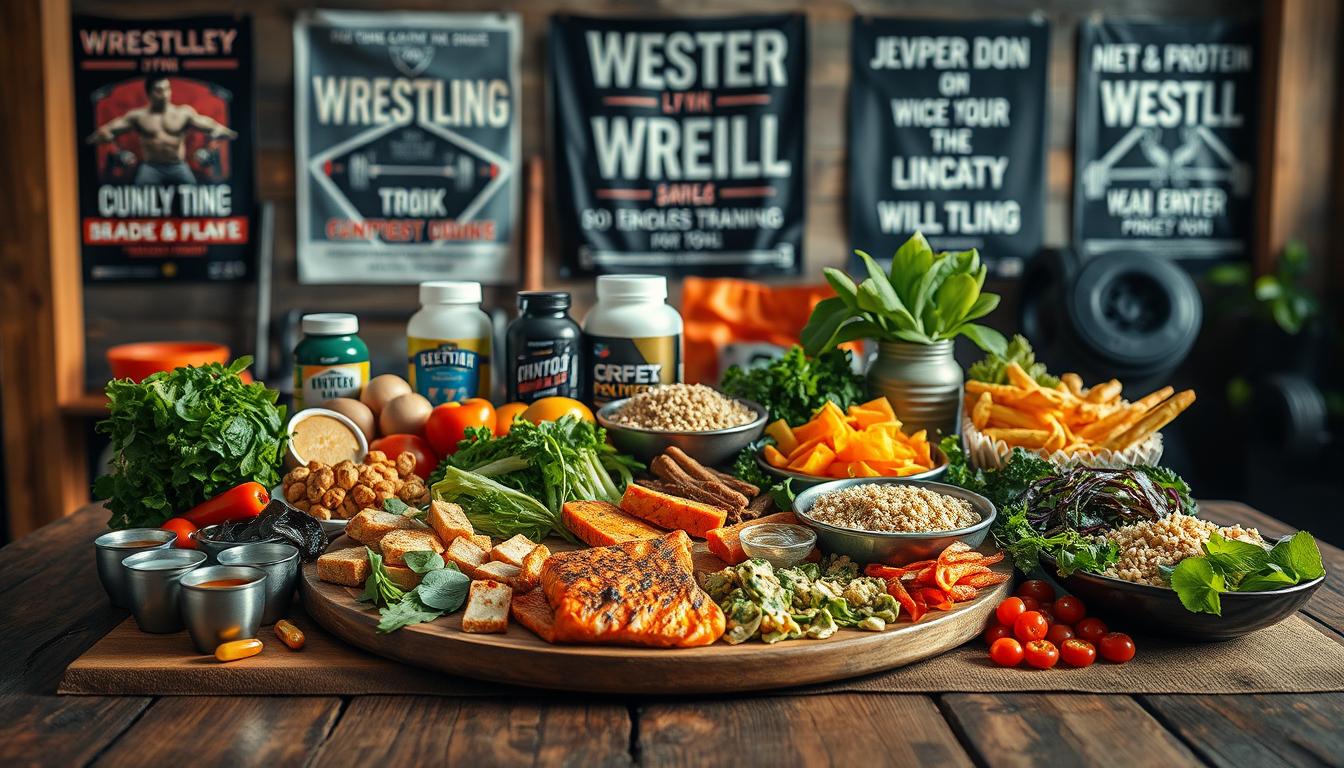Surprising fact: losing 2–3 pounds per week is the safest pace to keep strength and endurance, yet many athletes try crash cuts.
This short guide gives you a clear, practical plan to fuel practice and matches. You’ll get simple steps that boost performance and keep you healthy.
Start with five small meals each day. Use a plate model: one-third protein, one-half fruits or vegetables, and the rest whole grains. Eat breakfast within the first hour after waking to set steady energy.
Hit a sensible protein target. Aim around 0.6–0.8 grams per pound each day. Track fluids by weighing before and after practice and replace two cups per pound lost. Post-session recovery can be as simple as 8 ounces of skim chocolate milk and fruit.
Quick promise: this content gives you an easy meal plan and hydration routine you can use right away, so your power and health stay steady when it matters.
Core nutrition for wrestling performance
Solid fuel and fluids set how you perform on the mat. Keep daily intake above 1,700–2,000 calories so energy and strength stay steady. Rapid cuts strip muscle and water and hurt performance.
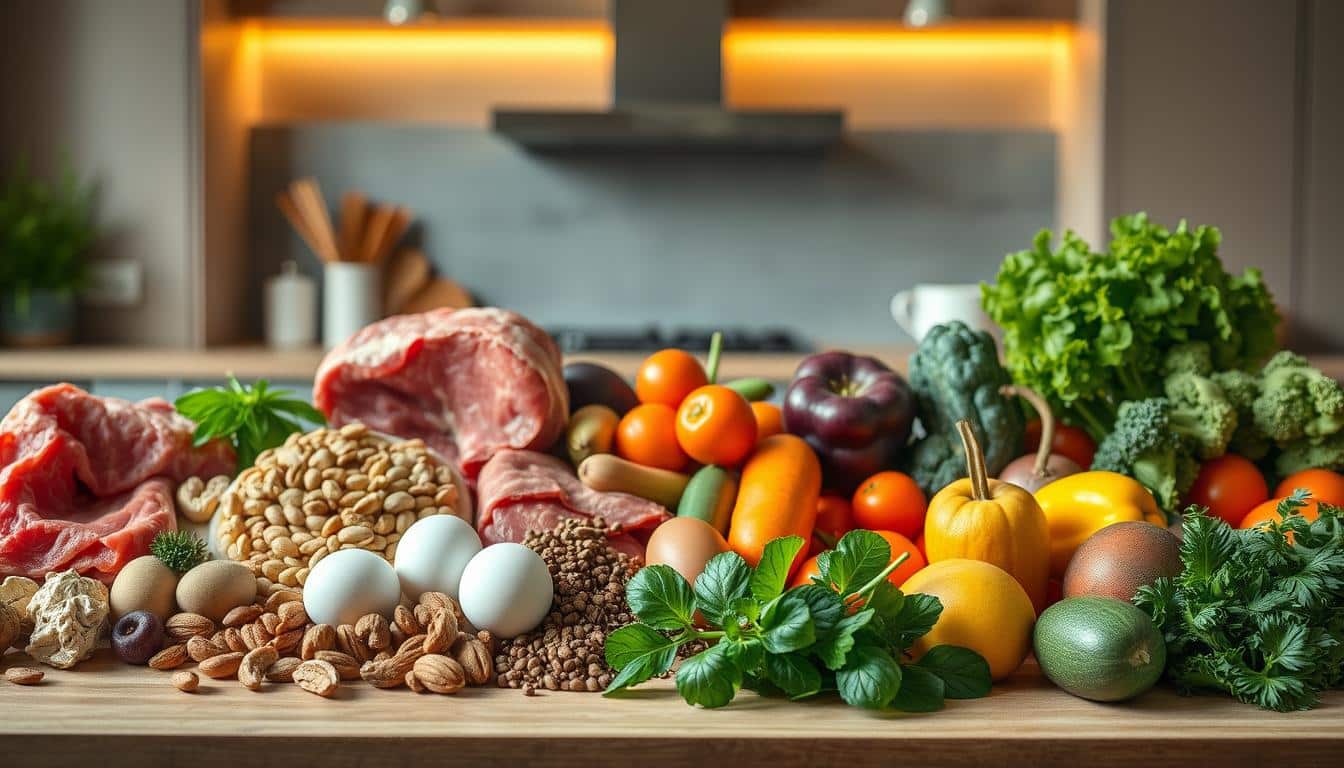
Macro targets: get 55–65% of calories from carbohydrates, 20–30% from fat, and 12–15% from protein. This mix supports long sessions and faster recovery.
- Match intake to training load so energy levels stay steady across the week.
- Weigh yourself before and after practice to track fluid loss and weight change.
- If you lose pounds, drink two cups of fluid per pound to replace losses.
Hydration plan: sip 2.5 cups two hours before. Take 1.5 cups 15 minutes before. During practice, sip 1 cup every 15–20 minutes. Avoid alcohol and high caffeine near sessions; they worsen fluid loss.
| Macro | % of calories | Purpose |
|---|---|---|
| Carbs | 55–65% | steady energy |
| Protein | 12–15% | repair & strength |
| Fat | 20–30% | satiety |
Daily diet for wrestlers in training
Aim for clear daily targets so your body can recover and stay powerful. Set a protein range of 0.6–0.8 grams per pound per day. That gives muscles what they need to repair and grow.
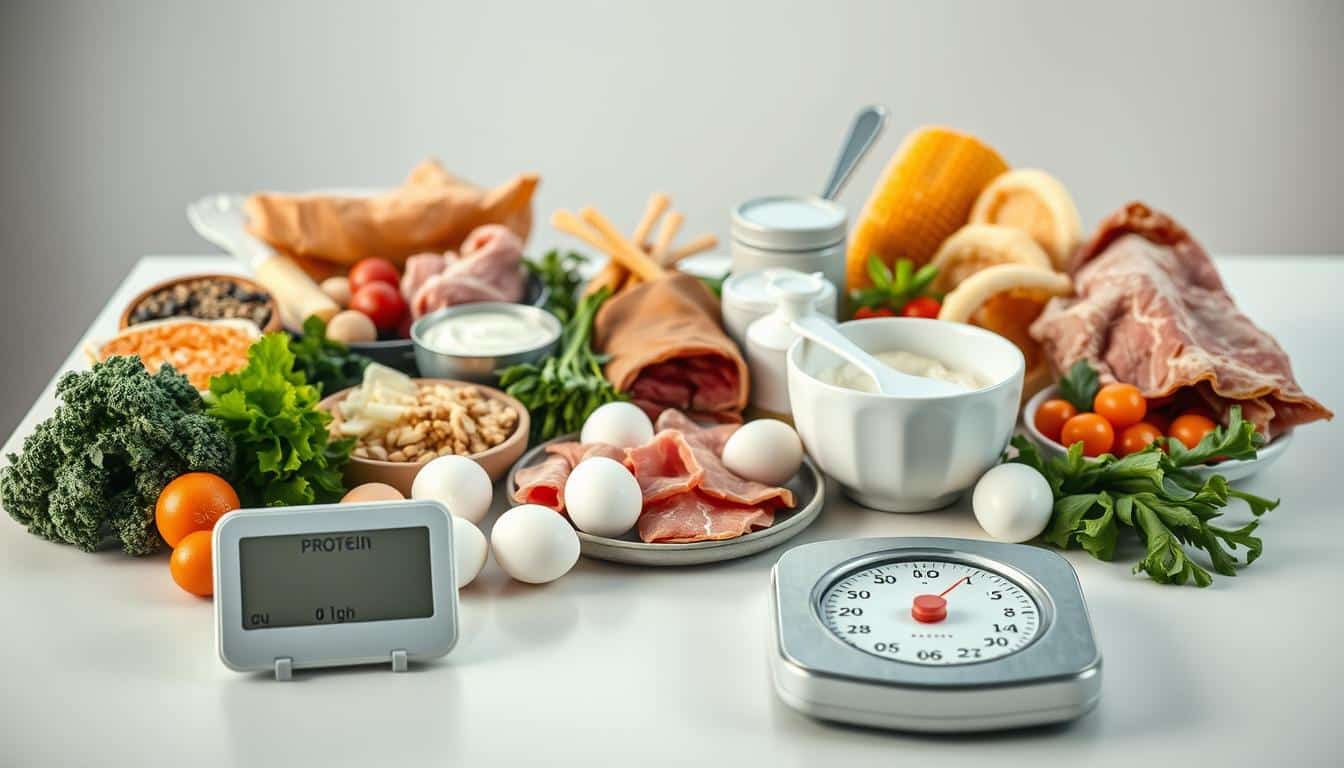
Protein targets in grams per day
Use the quick check: a 140-pound wrestler needs about 89 grams per day. Split protein across five small meals and one snack. Example sources: 6 oz chicken or fish (~42 grams), two glasses skim milk (~16 grams), two eggs (~14 grams), or a turkey sandwich (~21 grams).
Carbohydrates, fiber, and vegetables for steady energy
Build your base with carbohydrates: oats, rice, pasta, bread, potatoes, and fruit. Add fiber from vegetables, fruit, bran cereal, oatmeal, brown rice, barley, and beans to slow digestion and steady energy.
Fats, dairy or soy, and yogurt for balance
Keep healthy fat from nuts, seeds, olive oil, and avocado to support hormones and satiety. Use dairy or soy three times per day for calcium and vitamin D. Greek yogurt is an easy, high-protein snack before late practice.
Sample plate: protein, fruits or vegetables, whole grains
Plate model: one‑third protein, one‑half fruits or vegetables, and the rest whole grains such as brown rice or a small baked potato. Eat breakfast within an hour of waking to start metabolism and cut hunger later.
- Set protein at 0.6–0.8 grams per pound per day.
- Spread intake over five meals and one snack.
- Follow the plate model at each meal to balance carbs, fiber, and fat.
| Target | Example | Why it matters |
|---|---|---|
| ~0.6–0.8 g/lb | 140-lb → ~89 grams | repair & strength |
| Carbohydrates | Oats, rice, pasta | steady energy |
| Fiber & vegetables | Veggies, beans, fruit | slower digestion |
Meal timing, snacks, and recovery
Plan your eating around sessions and matches so energy is steady all day. Small, predictable meals and simple snacks keep you sharp and lower hunger between sessions.
Breakfast within an hour of waking
Eat breakfast within the first hour after waking to kick-start energy and curb mid-morning hunger. Combine carbohydrates, protein, and a little fat—oatmeal with peanut butter, or eggs and toast work well.
Pre-practice snack ideas
Pick snacks that your stomach tolerates. Try a 100-calorie yogurt plus a cup of strawberries or melon.
If practice is soon, choose a small granola bar or a banana and water. These give quick carbohydrates without a heavy feel.
Post-practice recovery with chocolate milk
Nail immediate recovery with 8 ounces of skim chocolate milk and a small banana or apple. This combo replaces fluids, carbohydrates, and protein fast.
Add a second snack 60–90 minutes later if dinner is still far off—Greek yogurt with granola or a turkey wrap are good picks.
Tournament day meals and fluids
On tournament day eat a balanced meal 3–4 hours before your first match. Use small, easy snacks 1–2 hours out. If nerves upset your stomach, a sports drink supplies quick carbs and fluids.
- Hydration timing: drink 2.5 cups two hours before, 1.5 cups 15 minutes before, and 1 cup every 15–20 minutes during sessions.
Make weight safely without losing performance
A slow, steady plan helps you make weight without wrecking strength or hydration. Set a safe weekly target of 2–3 pounds. That pace protects muscle, power, and conditioning on the mat.
After practice, replace fluid loss with two cups of fluid per pound lost. Avoid crash tactics like plastic suits, saunas, diuretics, laxatives, or fasting. Those cut water, not fat, and they drop performance fast.
Top power foods to include
- Fresh fruits and colorful vegetables
- Whole grains (oats, brown rice, whole-wheat bread)
- Low-fat dairy or soy—Greek yogurt and milk boost protein
- Lean meats: chicken breast, beef sirloin, pork tenderloin, turkey
- Fish like tuna, salmon, halibut (aim 3x per week)
- Nuts, seeds, eggs, baked or sweet potatoes, peanut butter, beans
Foods and drinks to limit
Cut back on soda and energy drinks, fried items, candy, pastries, full-fat chips (yes, Hot Cheetos), and concession stand nachos or pizza. These can bloat you and slow gastric emptying.
| Goal | Why it matters | Quick tip |
|---|---|---|
| Lose 2–3 lb/week | Protects muscle & hydration | Plan meals across school and practice days |
| Keep calories adequate | Supports strength & conditioning | Use snacks between classes and sessions |
| Choose power foods | Stable energy and recovery | Try Greek yogurt and baked potato post-session |
Need ideas at breakfast? Check high-energy breakfast ideas: high-energy breakfast ideas to start the day right.
Conclusion
Wrap your season with a simple checklist that keeps energy steady and strength protected.
Keep daily calories above 1,700–2,000 and aim for 0.6–0.8 grams of protein per pound per day. Spread those grams across small meals and snacks.
Follow the hydration schedule: 2.5 cups two hours before, 1.5 cups 15 minutes before, and 1 cup every 15–20 minutes during. Replace two cups of fluid for each pound lost after practice.
Pick milk, yogurt, whole grains, fish, eggs, nuts, beans, fruits, and vegetables. Limit fried foods and sugary drinks so your body feels light but fueled.
Need more detail? Check this guide on how nutrition affects athletic performance and talk with a coach to fine-tune levels.
